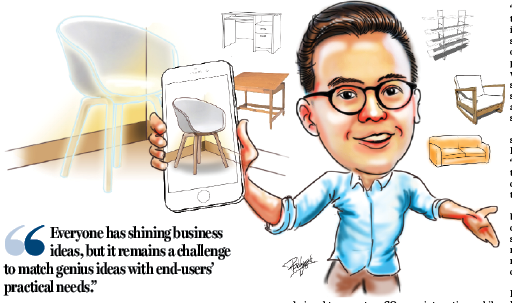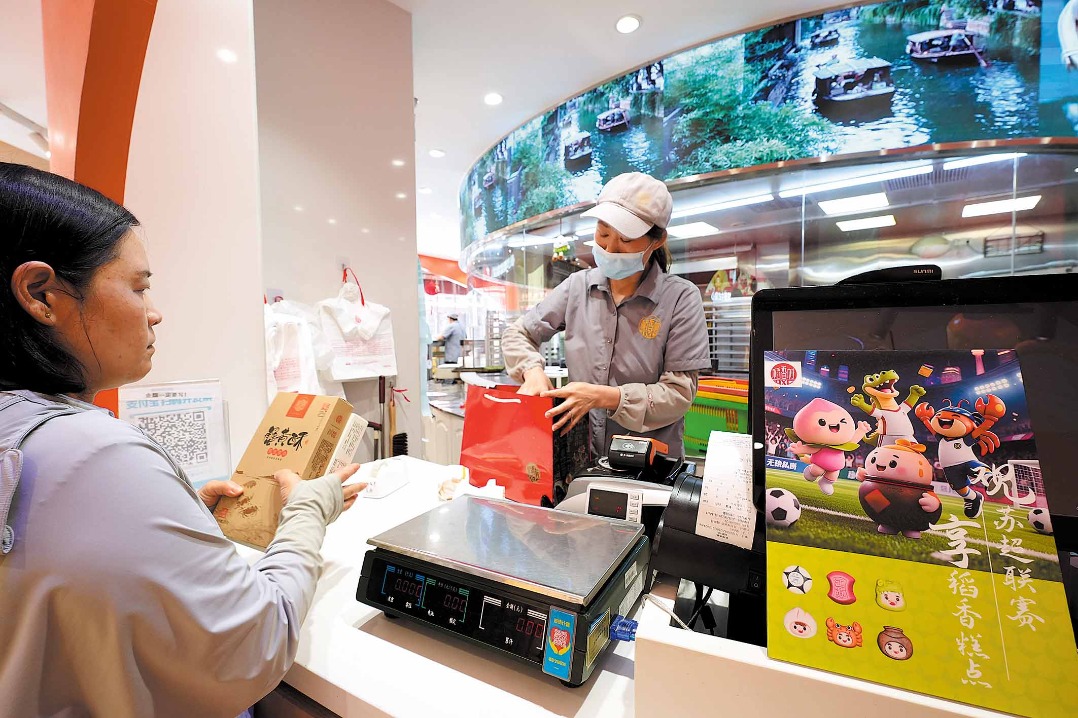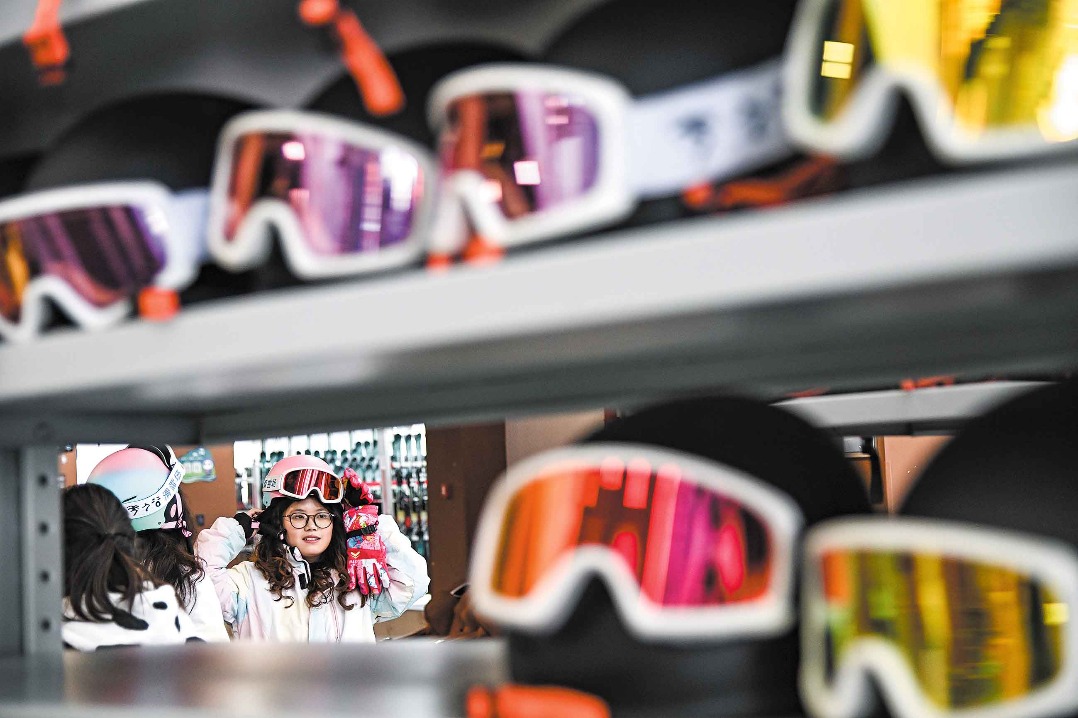Home, office decor at your fingertips with AR


On many occasions, one might find it hard to choose a sofa that would fit in perfectly with his or her living room or office, whether it's the design or size. The ultimate result would be an arduous tussle before coming to a particular decision or choice.
But, the headache could now be addressed in the form of a cellphone app that can fit the image of a sofa into the living room, and you can rotate the piece of furniture by up to 90 degrees by just swiping it with your finger.
Pixofy — a startup that's not yet one year old — offers a solution just like that. The company, whose name means "putting things into pixo", applies augmented reality (AR) technology to online furniture shopping and made it to this year's Houseware Fair organized by the Hong Kong Trade Development Council last month.
It integrates the image of a selected item into the user's surroundings, and the user can drag around the furniture on the phone and get an idea of what it might look like in real life. They can even use the app to make sure the size matches.
Pixofy Chief Executive Jason Wong says the app has attracted seven retailers, with at least 50 of their products that can be applied. Most of the retailers are niche furniture brands, including local design studios and a handcraft manufacturer in Thailand.
IKEA Group — the world's largest furniture retailer — had launched a similar app that allows customers to preview items from their home. However, it focuses only on IKEA's own 500 to 600 products with the help of Apple's technology and experience in AR.
A step ahead of Hong Kong, the Chinese mainland's home decoration sector has applied 3-D technology to furniture design and manufacturing, while most of Hong Kong's retailers still stick to the traditional sales model that relies heavily on foot traffic, according to Jason.
"Our goal is to help local furniture brands find a better place to showcase their products, especially the small companies in industrial buildings which lack abundant space to display their sofas or beds."
Wong had worked as an accountant with KPMG Hong Kong before stepping into the investment banking business at a US company which went to the wall in the aftermath of the US financial tsunami in 2009.
"I found my career had gone out of the way, so I wanted to try something that would be more meaningful," recalls Wong. "I subsequently went back to school to pursue an MPA degree at the Hong Kong University of Science and Technology, and took part in many business plan competitions where I got acquainted with my partners."
The Pixofy team took the plunge into entrepreneurship in 2015, and four of its co-founders are still with the company. Their first app, which targeted real-estate developers, was designed to promote homes sales with virtual reality (VR) technology. However, residential buildings and commercial housing alike were in high demand. So developers preferred hiring more salesmen to do presentations rather than investing in VR gears, says Wong.
Cash flow was a critical issue for his team. In 2016, they started VR-related projects for the government and some universities to help keep the company afloat.
"We designed a project for the Energizing Kowloon East Office with the idea of Pokemon GO — an interactive mobile game that places popular cartoon characters into real life. Thanks to this idea, the general public could rediscover this area through finding interesting elements on their smartphones," adds Wong.
A constant inflow of funds gave them the opportunity to reposition their business strategy. Pixofy saw an enormous market last year when Apple released ARKit — a set of software development tools that help developers build AR apps.
The VR model has gone through a sea of change since the ARKit came out, says Wong. "Traditionally, we need to put a two-dimensional tangible mark in front of the device's sensors so that they can be presented on our screen, while ARKit apps put virtue 3-D images in your world, which uses your device's sensors to track your world and sense your device's orientation and position relative to the scene you're looking at."
Pixofy was launched as a subsidiary of Wong's startup Parallax Technologies and as a "newborn baby" to sound out the markless VR market with a combination of local demand in the reality market.
"Still, it's nice to have our app but not necessary for both our clients and end-users," Wong says. "Our future goal is to relocate our business model to make our app a necessity for customers before purchase."
Earlier this year, the Hong Kong government launched a HK$50-billion fund to support the high-tech industry in a bid to make the city an innovation and technology hub, which would attract more entrepreneurs to launch their own businesses in the city.
Wong says the most important advice for new startups is to understand customers' needs.
"Everyone has shining business ideas, but it remains a challenge to match genius ideas with end-users' practical needs. It's a cherished procedure for you to design and revise again and again in accordance with end-users' requirements."




































